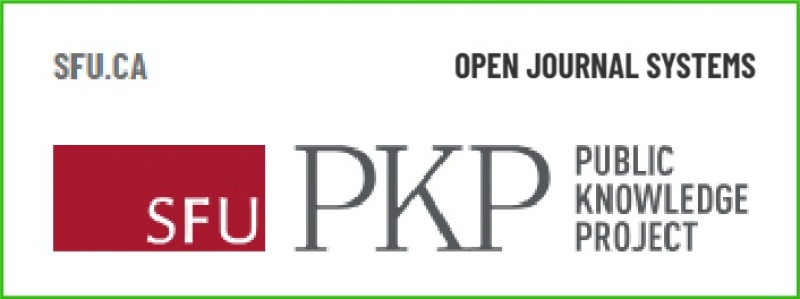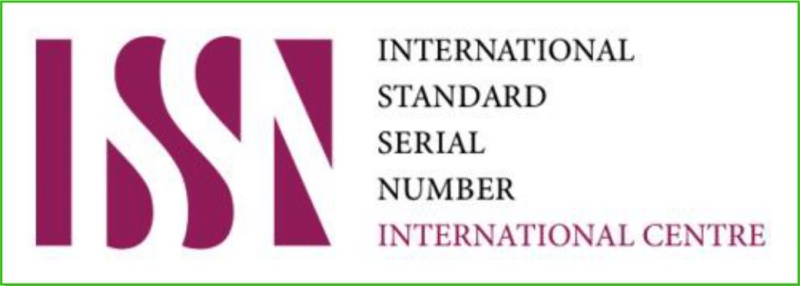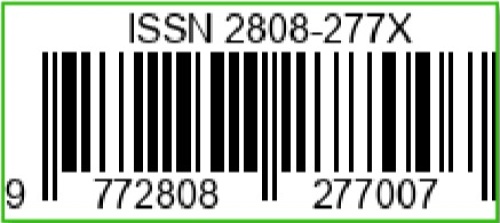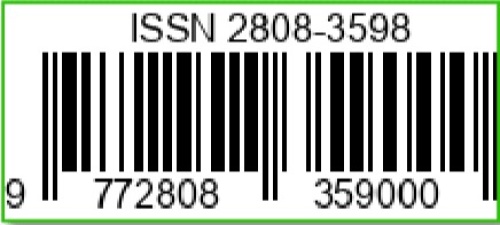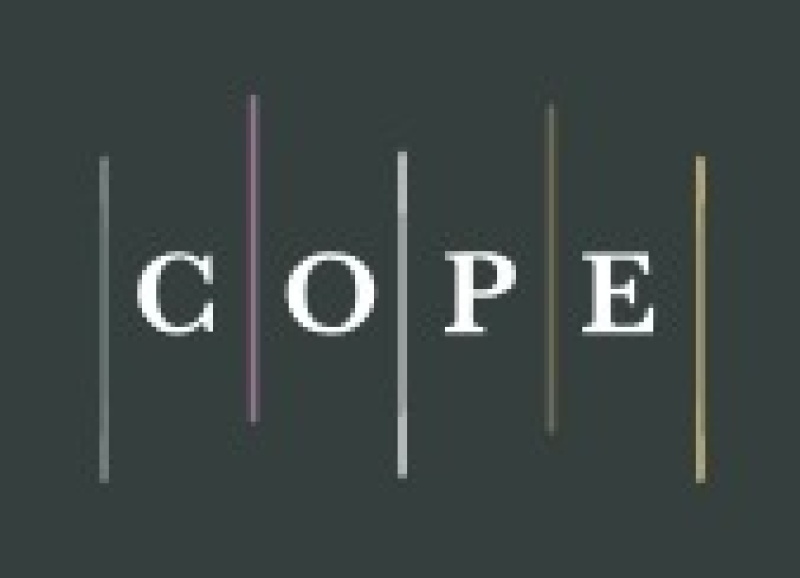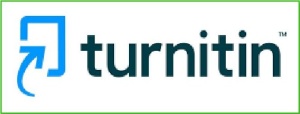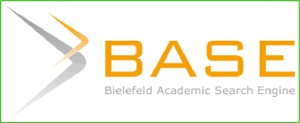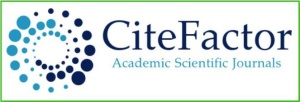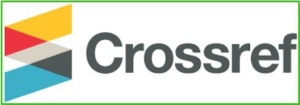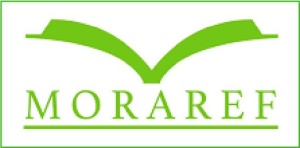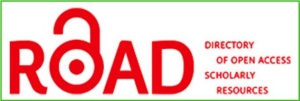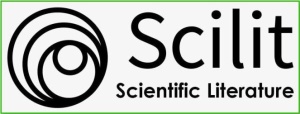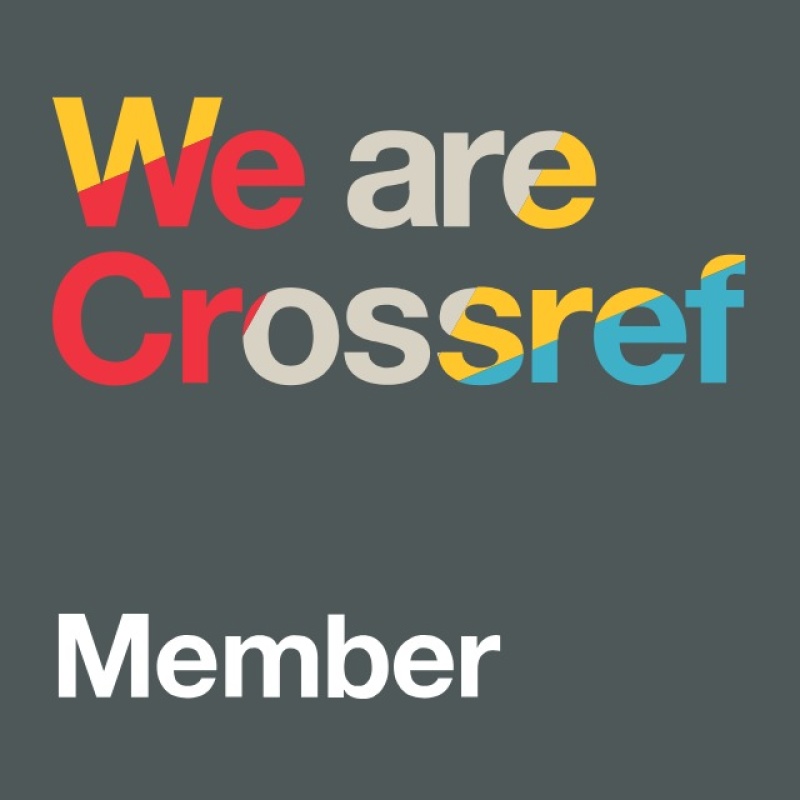Struktur Komunitas Mangrove di Pesisir Pantai Cemara Kabupaten Lombok Barat dalam Upaya Penyusunan Modul Ekologi
DOI:
https://doi.org/10.36312/biocaster.v3i4.213Keywords:
Community Structure, Mangrove, Ecology Module.Abstract
The mangrove habitat found on the coast of Cemara Beach, West Lombok Regency is a river that meets a forest area that merges with the sea. The objectives of this research include: 1) identifying the types of plants that make up the mangrove forest on the Cemara Coast; 2) analyze the abundance of mangroves on the Cemara Coast; 3) analyze the diversity and evenness index of mangroves on the Cemara Coast; 4) reveal the population of species that dominate the mangrove community on the Cemara Coast; 5) analyze differences in mangrove abundance on sandy and muddy substrates on the Cemara Coast; 6) analyze differences in mangrove species diversity on sandy and muddy substrates on the Cemara Coast; 7) analyze the differences in mangrove dominance on sandy and muddy substrates on the Cemara Coast; and 8) develop research results on mangrove community structure as material in preparing ecological modules. This type of research is comparative descriptive. The design in this research uses a plot method with a total of 20 plots, namely 10 plots on a sandy substrate and 10 plots on a muddy substrate with 1 plot measuring 10 x 10 m. Development research using the 4D model from Thiagarajan et al. (1974) which was modified into 3P (Definition, Design and Development). The results of the research showed that there were 5 species of mangroves found on sandy substrates, while there were 4 species on muddy substrates. The abundance of mangrove plants on sandy substrates is 292 species of Sonneratia alba, while on muddy substrates there are 219 species of Rhizophora mucronata. The diversity index for sandy substrates and muddy substrates is 0, so the diversity index is categorized as low species diversity because H'<1. The evenness of mangrove plants is the uneven distribution of organisms in the community. The species that dominates on sandy substrates is Sonneratia alba, while on muddy substrates it is Rhizophora mucronata. The important value index for the level of poles and trees as well as the level of seedlings and saplings on sandy substrates is included in the medium category, because the important value index value ranges between 101% - 200% which is categorized as medium. Based on the results of the analysis of teaching materials, analysis of expert validation results and student readability tests (small group tests), the average achievement level reached 81.15% with very good qualifications. Thus, the plant ecology module teaching materials are suitable for use without revision.
Downloads
References
Andana, D. S., Jannah, H., & Safnowandi. (2023). Pemanfaatan Bintil Akar Kacang Tanah (Arachis hypogaea) sebagai Pupuk Biologi untuk Pertumbuhan Bibit Cabai Rawit (Capsicum frutescens) dalam Upaya Penyusunan Petunjuk Praktikum Fisiologi Tumbuhan II. Biocaster : Jurnal Kajian Biologi, 3(1), 1-10. https://doi.org/10.36312/bjkb.v3i1.145
Arikunto, S. (2002). Prosedur Penelitian : Suatu Pendekatan Praktek (Edisi Revisi). Jakarta: PT. Rineka Cipta.
Bachtiar, B., Ura’, R., & Suhartati. (2023). Karakteristik Tapak Tegakan Hutan Mangrove (Rhizophora mucronata dan Avicennia marina) di Pantai Kelurahan Bira Kecamatan Tamalanrea Kota Makassar. Jurnal Ilmu Alam dan Lingkungan, 14(1), 72-80. https://doi.org/10.20956/jal.v14i1.26258
Baderan, D. W. K., Lamangandjo, C., & Salim, A. I. B. (2018). Komposisi, Struktur Vegetasi, dan Kepadatan Udang di Kawasan Mangrove Tabulo Selatan Kabupaten Boalemo. Bioma : Jurnal Biologi Makassar, 3(1), 26-34. https://doi.org/10.20956/bioma.v3i1.5490
Fachrul, M. F. (2008). Metode Sampling Bioekologi (Cetakan 2). Jakarta: PT. Bumi Aksara.
Fazlina, S., Adi, W., & Farhaby, A. (2021). Kajian Mangrove di Dusun Tanjung Tedung, Desa Tanjung Pura, Kabupaten Bangka Tengah dengan Menggunakan Teknologi Inderaja. Akuatik : Jurnal Sumberdaya Perairan, 15(1), 46-52. https://doi.org/10.33019/akuatik.v15i1.3109
Janiarta, M. A., Safnowandi., & Armiani, S. (2021). Struktur Komunitas Mangrove di Pesisir Pantai Cemara Selatan Kabupaten Lombok Barat sebagai Bahan Penyusunan Modul Ekologi. Bioma : Jurnal Biologi dan Pembelajarannya, 3(1), 60-71. https://doi.org/10.31605/bioma.v3i1.1030
Karimah. (2017). Peran Ekosistem Hutan Mangrove sebagai Habitat untuk Organisme Laut. Jurnal Biologi Tropis, 17(2), 51-57. https://doi.org/10.29303/jbt.v17i2.497
Krebs, C. J. (1989). Ecological Methodology. New York: Harper Collins.
Kurniadi, A., & Sovensi, E. (2021). Pengembangan Modul Teknik Dasar Bola Basket Siswa Kelas VIII MTs. Gelanggang Olahraga : Jurnal Pendidikan Jasmani dan Olahraga, 5(1), 127-135. https://doi.org/10.31539/jpjo.v5i1.2867
Kusriningrum. (2010). Perancangan Percobaan. Surabaya: Airlangga University Press.
Matatula, J., Poedjirahajoe, E., Pudyatmoko, S., & Sandono, R. (2019). Sebaran Spasial Kondisi Lingkungan Hutan Mangrove di Pesisir Pantai Kota Kupang. Jurnal Pengelolaan Sumber Daya Alam dan Lingkungan, 9(2), 467-482. http://dx.doi.org/10.29244/jpsl.9.2.467-482
Nawariah, S., Fajri, S. R., & Royani, I. (2022). Efektivitas Pemanfaatan Kulit Bawang Merah dan Air Cucian Beras sebagai Zat Pengatur Tumbuh bagi Tanaman Tomat (Solanum lycopersicum Mill.) dalam Upaya Penyusunan Buku Petunjuk Praktikum Fisiologi Tumbuhan. Educatoria : Jurnal Ilmiah Ilmu Pendidikan, 2(3), 156-167. https://doi.org/10.36312/ejiip.v2i3.100
Nazir, M. (2011). Metode Penelitian. Bogor: Ghalia Indonesia.
Nurbaya, T. S. (2023). Struktur Komunitas Diatom di Perairan Pantai Cemara Kabupaten Lombok Barat sebagai Dasar Penyusunan Modul Sistematika Cryptogamae. Panthera : Jurnal Ilmiah Pendidikan Sains dan Terapan, 3(2), 98-125. https://doi.org/10.36312/panthera.v3i2.168
Nurjaman, D., Kusmoro, J., & Santoso, P. (2017). Perbandingan Struktur dan Komposisi Vegetasi Kawasan Rajamantri dan Batumeja Cagar Alam Pananjung Pangandaran, Jawa Barat. Jurnal Biodjati, 2(2), 167-179. https://doi.org/10.15575/biodjati.v2i2.1304
Prihanta, W., Purwanti, E., Muizzudin, M., & Cahyono, E. (2021). Menanamkan Literasi Lingkungan pada Peserta Didik Sekolah Dasar Melalui Spesific Program : Eco-Mapping. Nuras : Jurnal Pengabdian Kepada Masyarakat, 1(1), 40-47. https://doi.org/10.36312/njpm.v1i1.60
Setyosari, P., & Effendi, M. (1991). Pengajaran Modul : Buku Penunjang Perkuliahan. Malang: Institut Keguruan dan Ilmu Pendidikan Malang.
Souisa, F. N. J., & Tapotubun, E. J. (2018). Pendampingan Kelompok Pengelolaan Pesisir dalam Melestarikan Hutan Mangrove di Ohoi Ngilngof, Kabupaten Maluku Tenggara. Agrokreatif : Jurnal Ilmiah Pengabdian kepada Masyarakat, 4(1), 38-46. https://doi.org/10.29244/agrokreatif.4.1.38-46
Thiagarajan, S., Semmel, D. S., & Semmel, M. I. (1974). Instructional Development for Training Teacher of Exceptional Children. Indiana: Indiana University Bloomington.

Downloads
Published
How to Cite
Issue
Section
License
Copyright (c) 2023 Fidiati Utami, Septiana Dwi Utami, & Safnowandi

This work is licensed under a Creative Commons Attribution-ShareAlike 4.0 International License.
-
Attribution — You must give appropriate credit, provide a link to the license, and indicate if changes were made. You may do so in any reasonable manner, but not in any way that suggests the licensor endorses you or your use.
-
ShareAlike — If you remix, transform, or build upon the material, you must distribute your contributions under the same license as the original.

